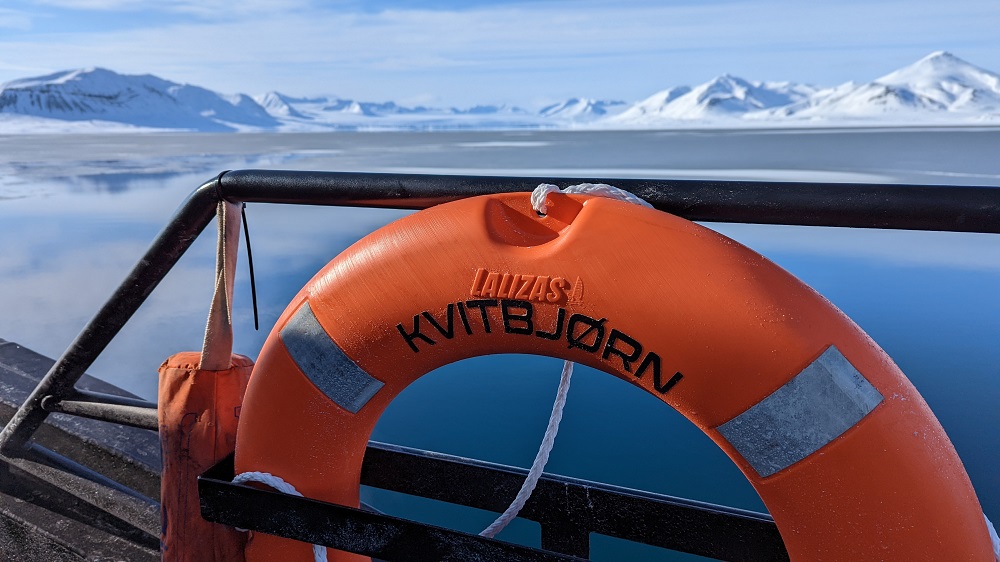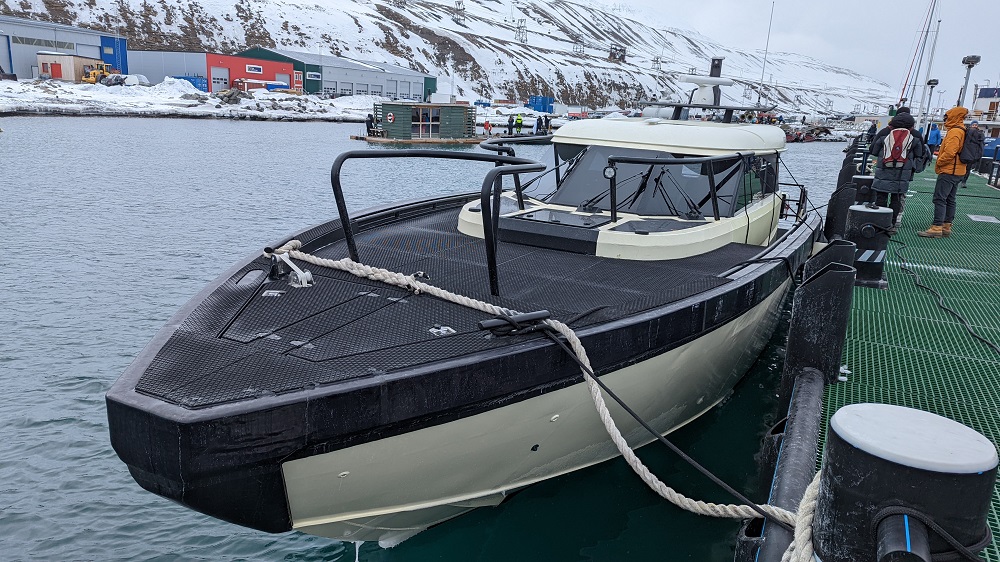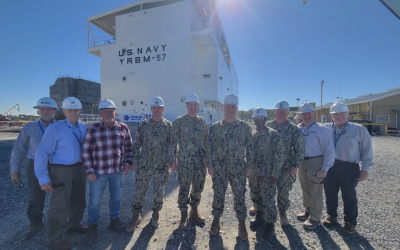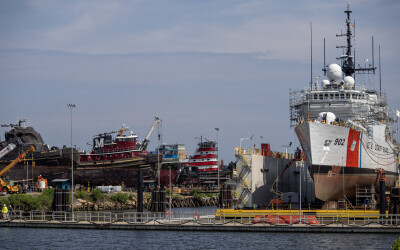First announced in November 2021 and further detailed in March of 2022, the 14.6mX4.2m (48'x13.8'), 12-passenger Kvitbjørn (translation: Polar Bear) was successfully launched on May 2, 2022. A collaboration between Volvo Penta, Marell Boats, and Hurtigruten Svalbard, the launch event showcased the capabilities of the vessel designed for exploration in the heart of the Arctic and is now in operation for sightseeing tours in Svalbard during the high season (May-October).
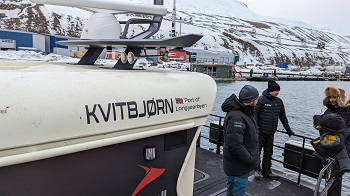
This first of its kind hybrid-electric vessel has a top speed of 30 knots, a cruising speed of 24 knots, and a range of 500 Nm. The Kvitbjørn set off on its maiden commercial voyage from Longyearbyen, Svalbard — the world’s northernmost town, just 800 miles from the North Pole.
Assembled members of the press experienced the Arctic in a whole new way thanks to the quiet cruising under electric power. That experience was an essential element of what Hurtigruten Svalbard stakeholders had in mind to enable.
“The difference from a traditional boat is the feeling of silence,” Tore Hoem, Adventures director at Hurtigruten Svalbard, mentioned in a statement announcing the maiden voyage. “In electric mode, you can hear the sound of the glacier ice in the water, the breath of walruses — it will allow us to offer a truly unique experience to our customers. Enabling the optimal mix of low-speed, silent cruising, and the ability to cover a lot of distance for the 3–4-hour duration of the tour. We look forward to the experience of driving it — and expect our guests will be just as excited by the silent experience on board.”
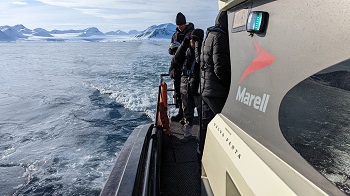 Challenges with enabling electromobility at sea are well known, but the bottom line savings that hybrid and electric ferries have enabled have proven to be substantial. The power distinctions between the propulsion systems will always be substantial, but hybrid technology is getting better and better, while regulation is forcing changes to these more sustainable solutions.
Challenges with enabling electromobility at sea are well known, but the bottom line savings that hybrid and electric ferries have enabled have proven to be substantial. The power distinctions between the propulsion systems will always be substantial, but hybrid technology is getting better and better, while regulation is forcing changes to these more sustainable solutions.
Those technology upgrades can be seen in the Kvitbjørn, which features an integrated system and a uniquely developed Human Machine Interface (HMI). This feature allows the operator to seamlessly shift between driving modes enhancing efficiency and comfort on board. It also allows Volvo Penta the ability to offer ease of installation and one point of contact for aftermarket support.
The additional opportunities this project will open up for Volvo Penta and the entire market are top of mind, as this project also represents the debut of a new business model, based on a power-by-the-hour payment program. This is a way of risk-sharing between Volvo Penta and the end-user and could offer great benefits to early adopters. Those early adopters will further benefit from the operational insights that Volvo Penta will be able to monitor and learn from the vessel in real-time.
Johan Inden, president of the Volvo Penta Marine Business Unit, mentioned that testing these solutions and models in such an extreme environment will enable Volvo Penta to continue to support new and different experiences on the water. Hurtigruten Svalbard is focused on enabling the ultimate adventure at sea and the Kvitbjørn will allow the company to offer exactly that in a way that makes them distinct from their competitors.
Stay tuned for much more about the opportunities that hybrid-electric vessels can enable for other types of users in a variety of sectors and markets.
